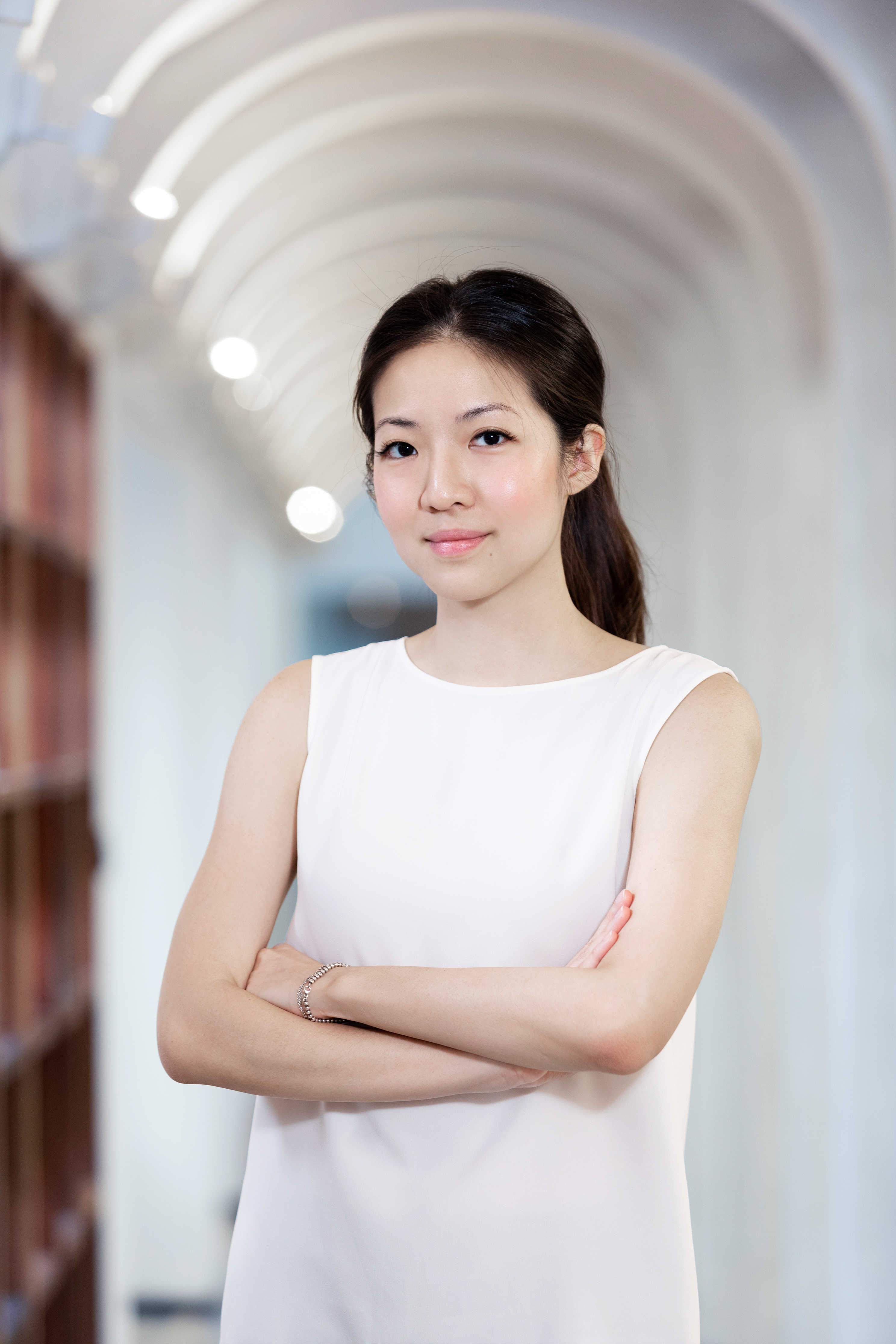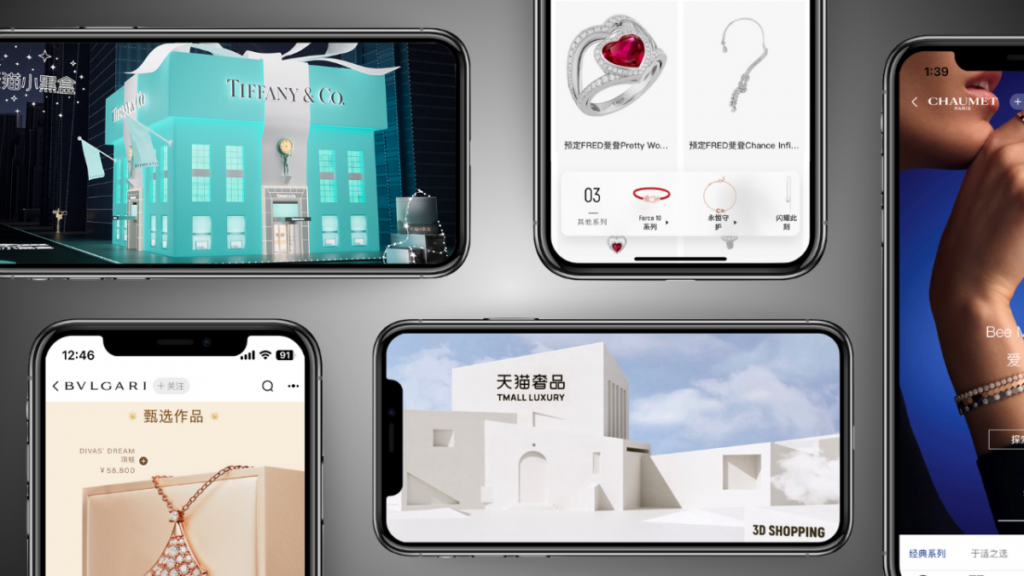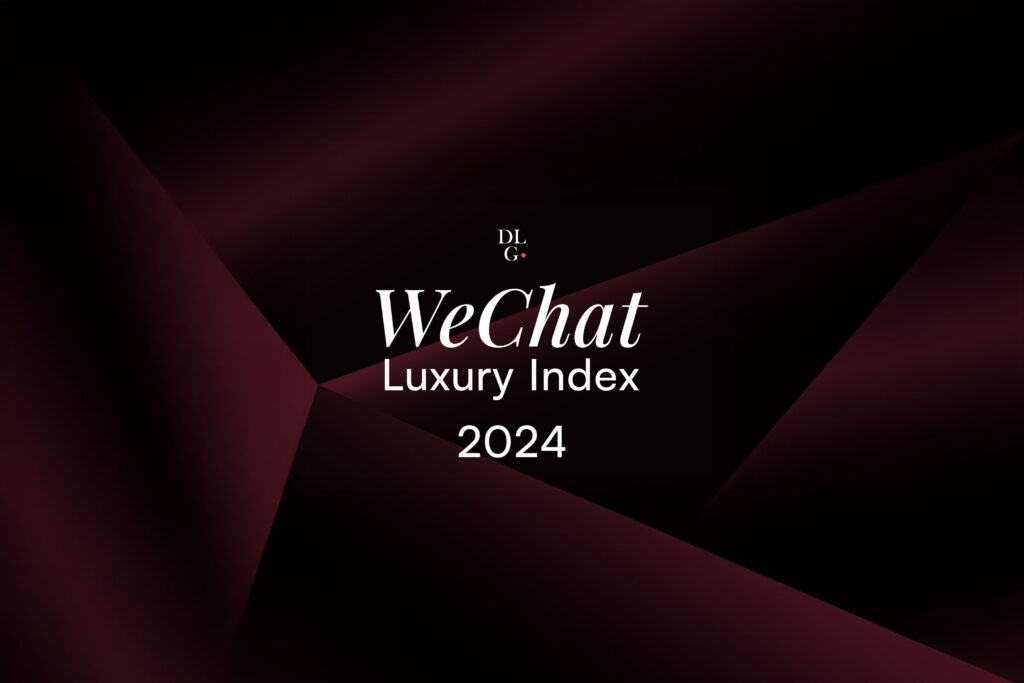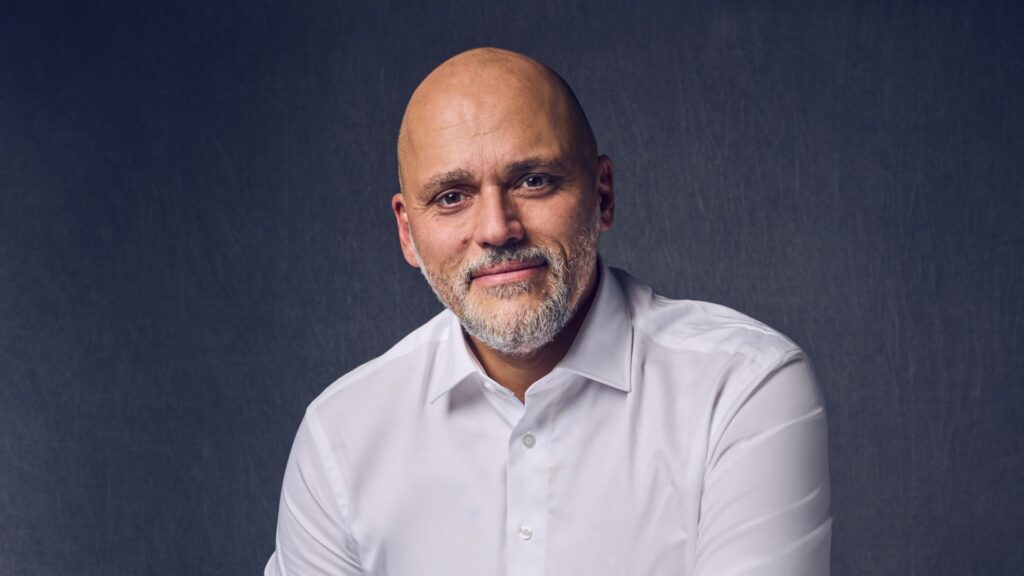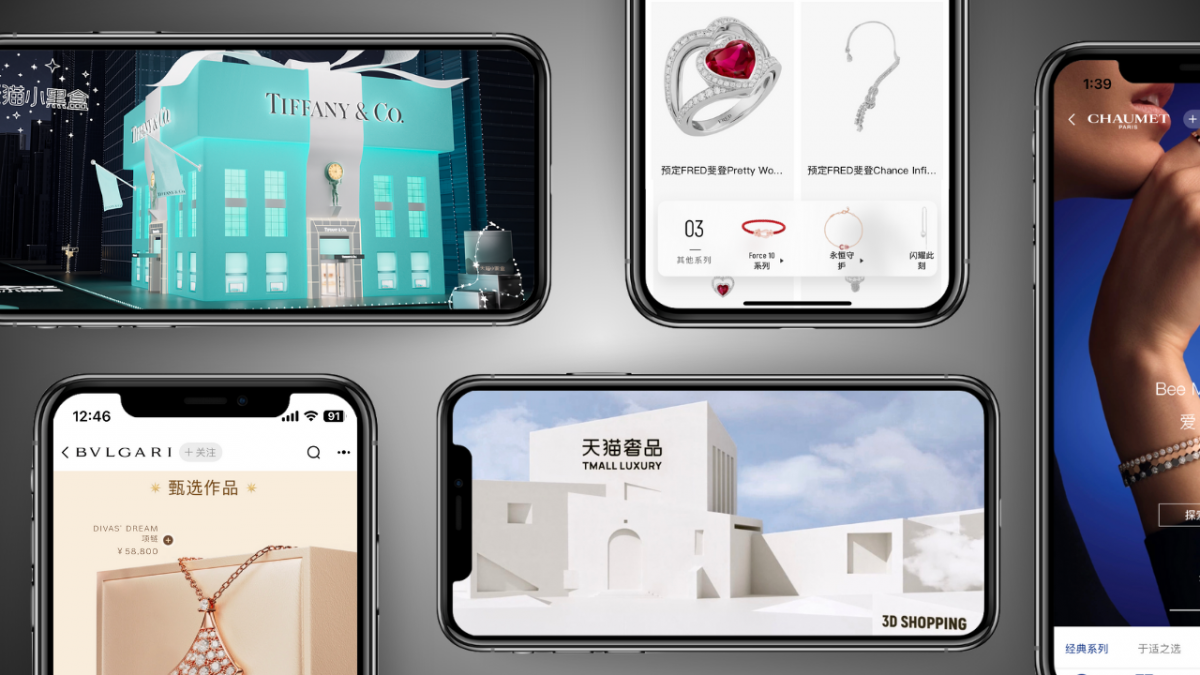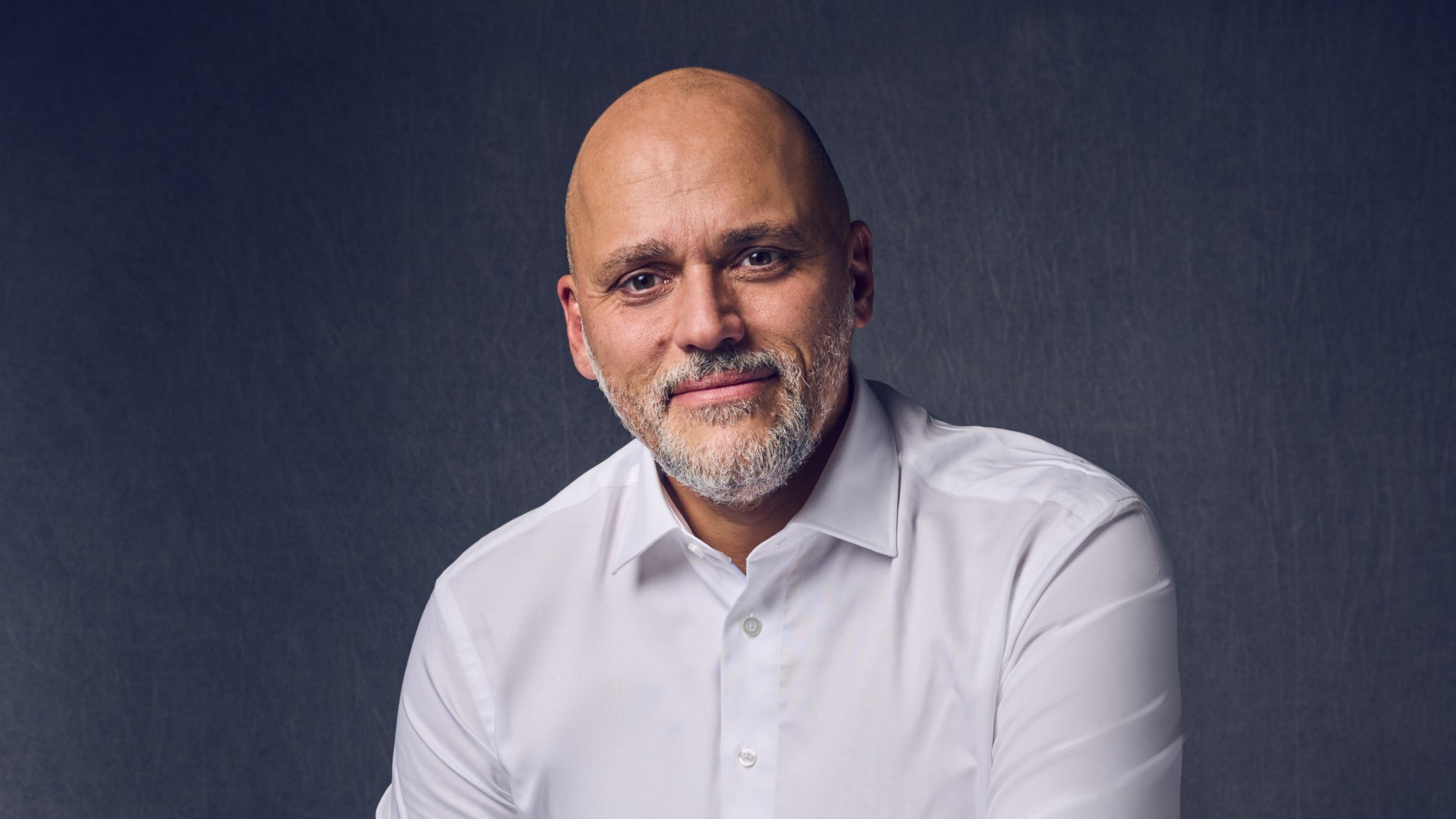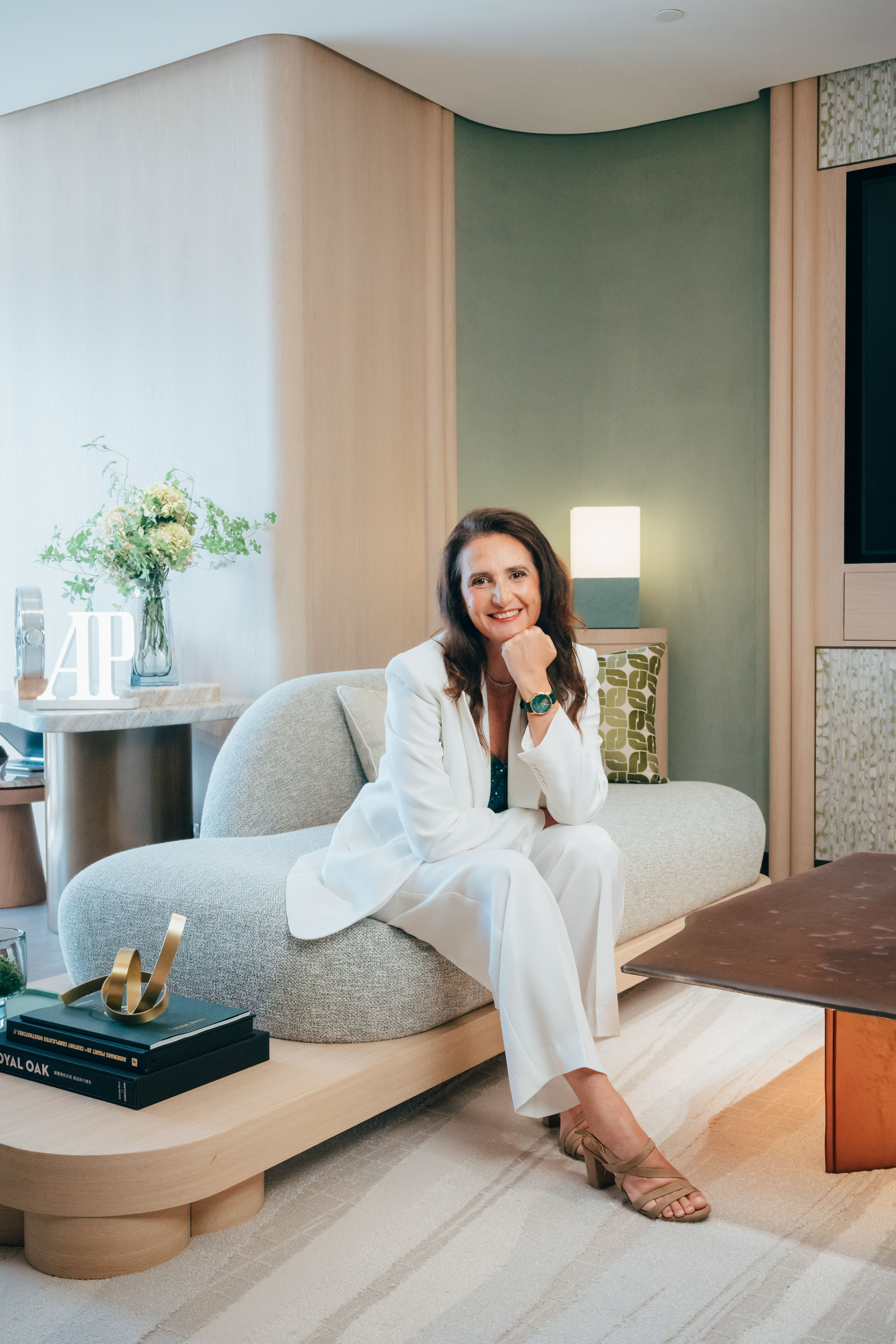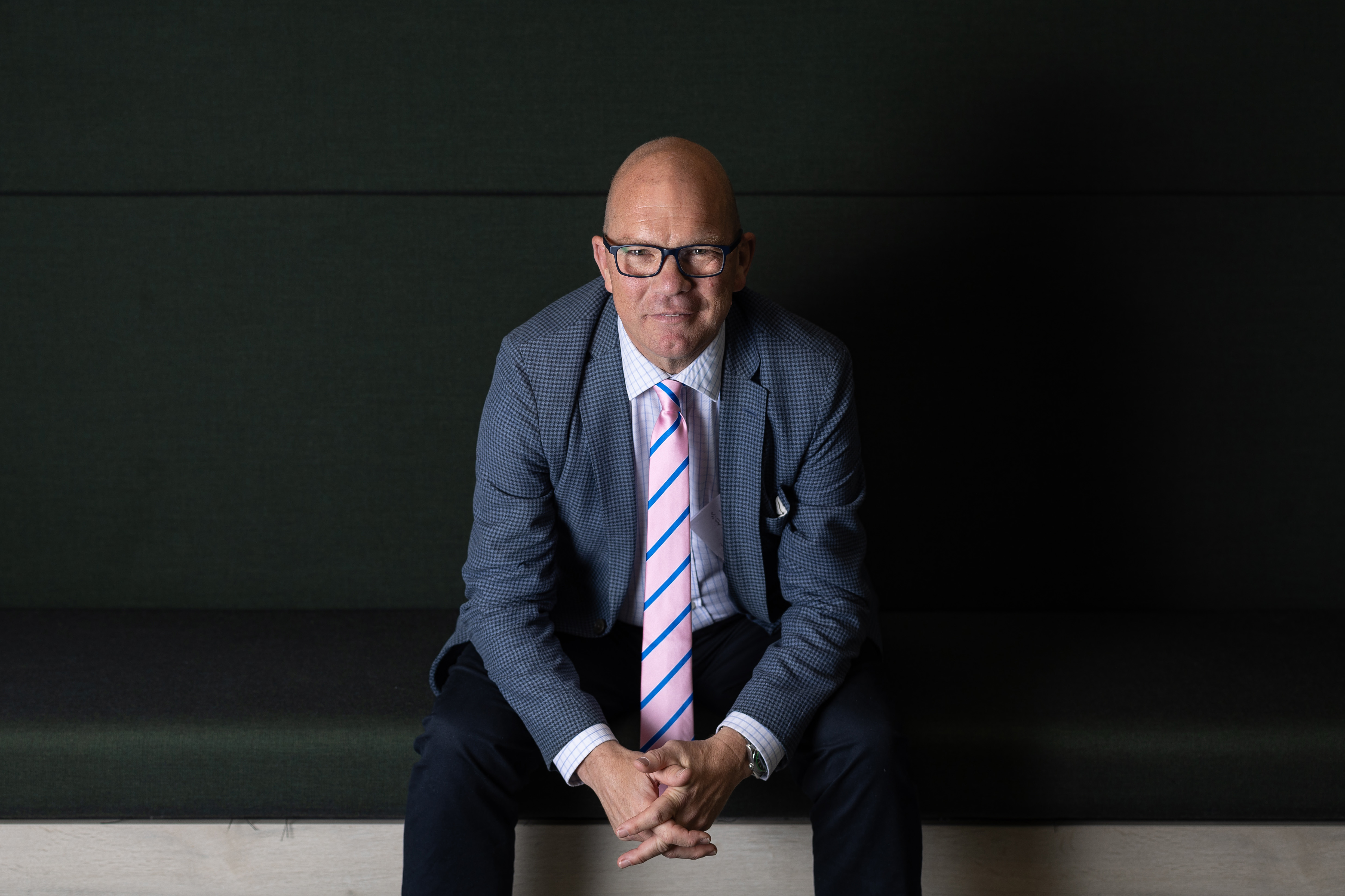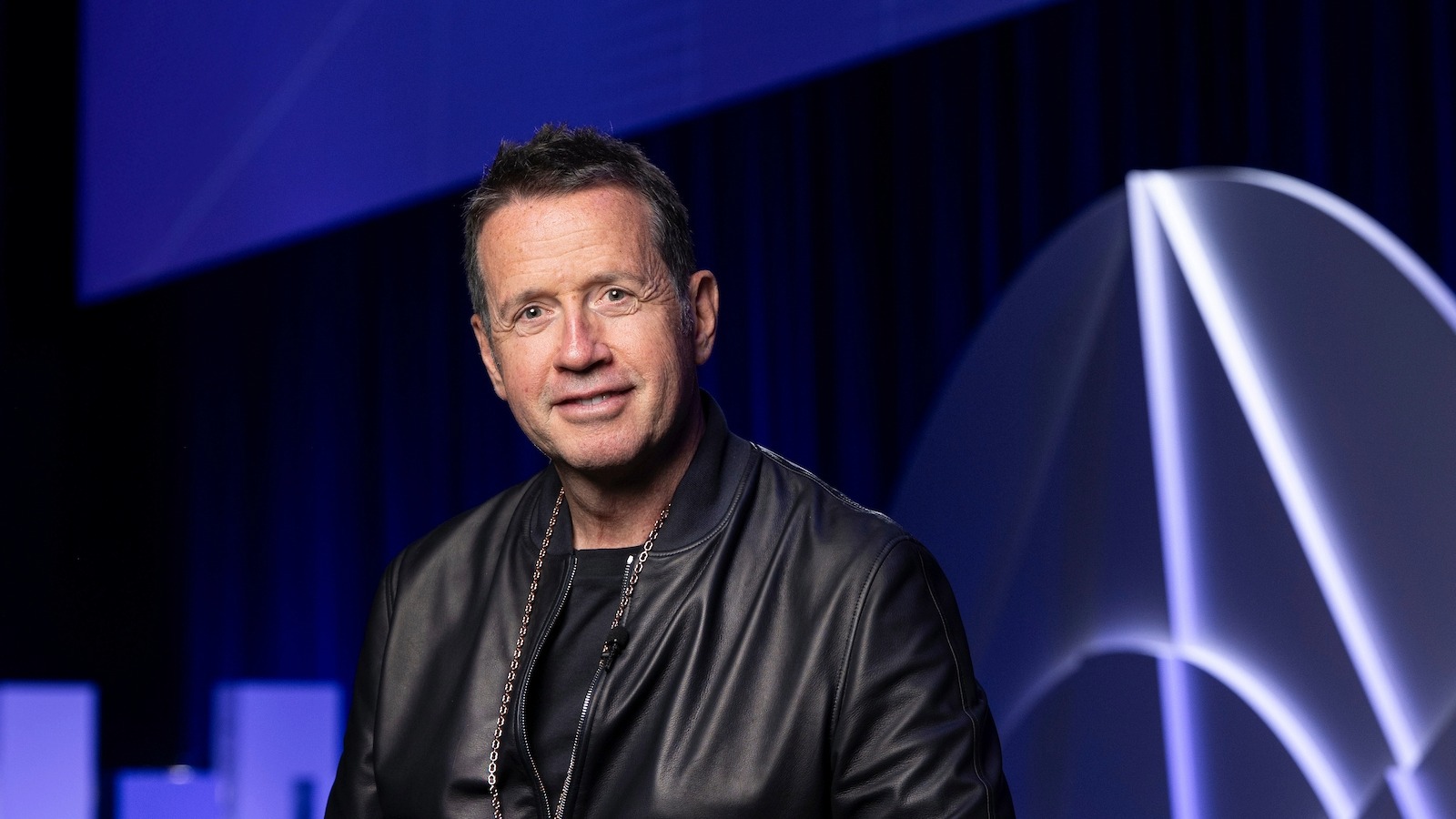In an industry increasingly dominated by conglomerates, Richard Mille stands as proof that independence breeds excellence – and extraordinary results
Traditional watchmaking powerhouses are facing unprecedented challenges: Swatch Group – the company behind Omega, Longines, and Tissot – saw its 2024 operating profit plummet 75% to just CHF 304 million (USD $335 million) whilst revenues dropped 14.6% to CHF 6.7 billion (USD $7.44 billion). Even LVMH’s watch division posted a 3% decline in 2024, while Swiss watch exports fell 2.8% to CHF 26.0 billion (USD 28.5 billion) – a figure likely to drop further following the 39% import tariff the U.S. is set to impose on Switzerland starting 7 August.
Against this backdrop of conglomerate struggles, a select few independent brands continue to thrive, commanding premium prices and unwavering customer loyalty. At the forefront of this revolution stands Richard Mille, a brand that has transformed from ambitious startup to Swiss powerhouse in just two decades. In 2024, it achieved approximately CHF 1.55 billion (about USD $1.77 billion) in revenue, selling just around 5,700 watches, demonstrating its extraordinary commercial power.
Speaking on a recent episode of The Luxury Society Podcast, Peter Harrison, CEO of Richard Mille EMEA, offered rare insights into the philosophy and strategy that have propelled the brand to the summit of fine watchmaking. His perspective illuminates not just Richard Mille’s success, but the fundamental advantages that independence provides in today’s luxury landscape.
The Power of Independence
In a market where conglomerate ownership has become the norm, Harrison’s stance on independence is uncompromising. The so-called “Big Four” independent brands – Rolex, Patek Philippe, Audemars Piguet, and Richard Mille – now command an impressive combined market share of 47%.
“I have something I feel very strongly about. I don’t believe that perhaps you are great seller of fountain pens, which also makes leather goods, which also makes something else… [this] doesn’t necessarily make you a great watch retailer or distributor or manufacturer. And I think that’s where those groups have lost some time ago actually, that sense of identity for brands, which are 200 years old and aren’t really focusing on the great heritage they’ve got,” Harrison explains.
His critique reflects a broader industry reality. The 2024 luxury watch market data reinforces this view, with only 11 brands out of the top 50 experiencing sales growth – majority of which are independents. This trend distinguishes the Swiss watch sector from the broader luxury goods market, highlighting the unique advantages that independence provides in maintaining brand coherence and customer loyalty.
Harrison’s perspective on heritage brands operating within conglomerates is particularly pointed. Many storied watchmaking houses, acquired by larger luxury groups, find themselves constrained by corporate structures that prioritise portfolio balance over individual brand excellence. “I think those brands come with a lot of handcuffs in what you can do, but at the same time, I don’t think they’re really being run properly. We came without that heritage. For example, we didn’t have those handcuffs of a brand [that] is 200 years old [and] shouldn’t be making watches out of titanium.”
Credit: Richard Mille
This freedom to innovate without heritage constraints has proven commercially transformative. Richard Mille sold just 5,700 watches in 2024 but reached almost $1.55 billion in sales, maintaining a 3% market share with an average retail price of around $310,000. This extraordinary pricing power stems directly from the brand’s freedom to prioritise quality over quantity – a luxury that publicly traded conglomerates, beholden to quarterly growth expectations, simply cannot afford.
The mathematics of independence are compelling. Whilst Swatch Group’s operating margin collapsed to just 4.5% in 2024 as it maintained production capacity to meet volume targets, Richard Mille operates with margins that would be considered exceptional in luxury manufacturing. This stems from what Harrison describes as the fundamental difference in operational philosophy between independent and group-owned brands.
“The fact that we don’t have to increase our turnover, we don’t have to increase our production numbers… our lives won’t change if we make 10% less this year or 15% less next year. We would never hesitate to cut production if we felt it was the right thing to do and I think that makes a big difference,” Harrison notes. “If you’re answering to 50 million shareholders or however many those groups have got, and those shareholders are looking for five to seven, to maybe 10% per year increases, your whole product is compromised, absolutely compromised.”
Uncompromising Excellence Through Real-World Validation
Richard Mille’s commitment to excellence defies conventional business logic, employing production methods that would be commercially unviable for publicly traded companies. The brand’s unwavering pursuit of perfection is exemplified in their early carbon baseplate development, where Harrison recalls discarding 99 out of 100 pieces to achieve a single acceptable standard. This meticulous attention to detail permeates every aspect of production, from titanium screws requiring nine different hand-finishing techniques at extraordinary cost – “a kilo of screws was a million Swiss francs” – to watches like the RM 004 that demanded six years of development and being “a complete nightmare to make,” according to Harrison.
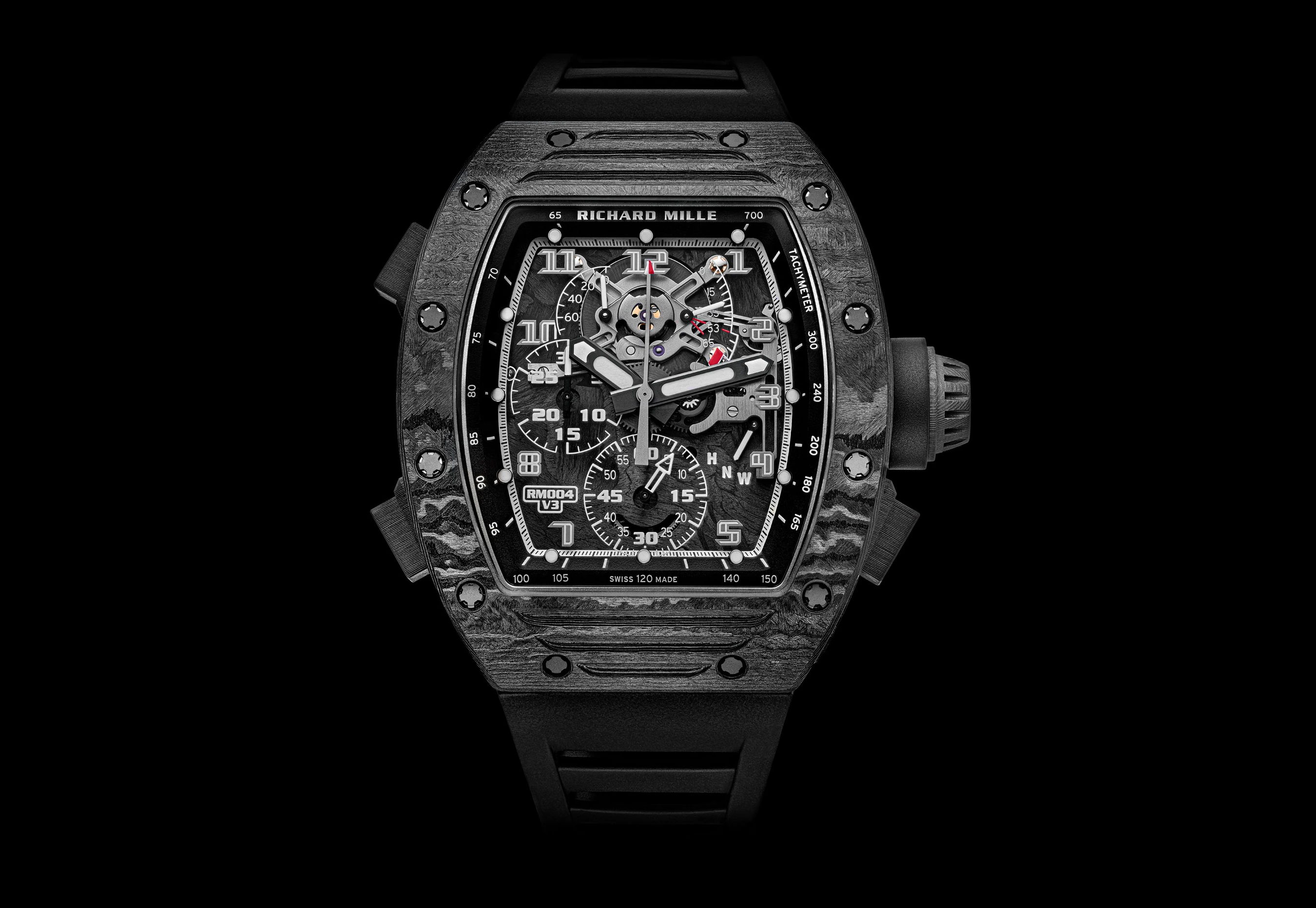
Credit: Richard Mille
This manufacturing philosophy gains validation through Richard Mille’s authentic ambassadorship programme, which functions as a genuine testing laboratory rather than mere marketing exercise. Elite athletes like Felipe Massa and Rafael Nadal serve as real-world validators, wearing timepieces during extreme competitive conditions that no laboratory can replicate.
“It has been very important that [in] many of the ambassadors partnerships we formed, the watch had to be worn. It was part of a testing process,” Harrison explains, noting how feedback from Formula One seasons and professional tennis matches provides invaluable performance data under conditions of intense heat, humidity, and physical stress. “They told us certain things about it, how it’s performed, how it hasn’t performed, in what conditions…and these are extreme conditions,” he adds. This creates a continuous improvement cycle where returned watches reveal performance limitations, enabling immediate design modifications for production pieces.
Credit: Richard Mille
The approach resonates with discerning customers who understand that such uncompromising attention to detail and authentic field testing justifies the premium positioning and pricing. With the luxury watch market’s movement toward premiumisation – according to data from Morgan Stanley, timepieces above CHF 50,000 (USD $56,000) now represent 33.5% of total market value and account for 84% of growth – Richard Mille’s strategy of pursuing excellence regardless of cost proves commercially prescient.
Importance of the Pre-Owned Market
The secondary market has emerged as a critical battleground for luxury watch brands, with Deloitte’s Swiss Watch Industry Insights 2024 projecting that the pre-owned luxury watch market will match the size of the new watch market within the next decade. This comes at a time where the traditional boundaries between new and pre-owned luxury timepieces is breaking down, a trend that Watchfinder & Co.’s CEO Arjen van de Vall highlighted on an earlier episode of The Luxury Society Podcast – a point further evidenced by watch retailers such as Watches of Switzerland Group launching boutiques where brand new and CPO watches are available for sale within the same space.
Richard Mille’s early recognition of this shift led to the launch of its Certified Pre-Owned (CPO) programme in 2015 – a full four years before many competitors acknowledged the secondary market’s strategic importance. The brand currently has a network of four retailers globally for its Certified Pre-Owned timepieces: NX One, Ninety, Westime and Value of Time.
Credit: Richard Mille
This strategic positioning also addresses a fundamental market inefficiency. Collectors seeking specific historical pieces – such as, according to a specific anecdote shared by Harrison, vintage Nadal models spanning over a decade – often struggle with authentication and sourcing. Traditional resale channels do not always provide certainty around provenance, service history, or component authenticity.
“We see stolen watches, for example, in big traditional auction houses, which is unbelievable,” says Harrison. The CPO programme addresses these concerns by providing authenticated pieces with verified provenance. “It gives the clients a level of confidence to know that the watch they’re buying… is the real thing,” he adds.
According to DLG’s proprietary Re‑Hub Sentinel Watches tool, Richard Mille pieces command an impressive premium in the secondary market – averaging about 40% above their original retail price – a rarity in the watch industry. This sustained value is a reflection of its extremely limited production, meticulous craftsmanship, and a client base willing to pay for exclusivity, reinforcing the brand’s positioning at the very top of the ultra‑luxury segment.
The timing proves strategic, as demand for Richard Mille continues rising. DLG’s proprietary DemandTracker tool shows global search volumes across 64 key luxury markets increased 15.6% year-over-year in 2024, with particularly strong performance in the US, UK and India, which collectively account for over 37.9% of the brand’s total search volumes, according to Benjamine Dubuc, Partner & AI Innovation Director at DLG.
Richard Mille’s CPO programme creates a virtuous cycle: collectors gain confidence in authenticity and provenance, while Richard Mille captures secondary market value that would otherwise flow to third-party dealers and auction houses. This approach transforms what many brands view as cannibalisation into a complementary revenue stream, positioning Richard Mille to benefit from both initial sales and subsequent appreciation cycles across its entire production history.
Richard Mille’s success illustrates a fundamental truth about luxury: authenticity cannot be manufactured through boardroom strategies or quarterly targets. The brand’s ascent from startup to industry leader within two decades demonstrates the power of independent thinking and uncompromising execution.
“We never looked over our shoulder at what other watch brands were doing,” Harrison reflects. “We were looking at the art market, car collectors – at people with very high disposable income and what they were looking for when it came to a watch.”
In an industry where heritage brands struggle under conglomerate expectations and quarterly pressures, Richard Mille’s independence has proven its greatest asset. By prioritising excellence over efficiency and innovation over incrementalism, the brand offers a compelling blueprint for luxury success in the modern era.
__________________________
Listen to the full interview with Peter Harrison on Episode 11 of The Luxury Society Podcast on Apple, Spotify, and other major podcast platforms.
To find out more about the state of the secondhand watch retail market, read our interview with Arjen van de Vall, CEO of Watchfinder & Co., or listen to the podcast episode available on Apple, Spotify, and other major podcast platforms.
Discover more about Watches of Switzerland Group and its CPO offering in our interview with CEO Brian Duffy, or listen to the podcast interview available on Apple, Spotify, and other major podcast platforms.
Subscribe to The Luxury Society Podcast to receive notifications about new episodes featuring luxury industry leaders. Never miss an episode as we continue exploring the themes shaping the future of luxury.

